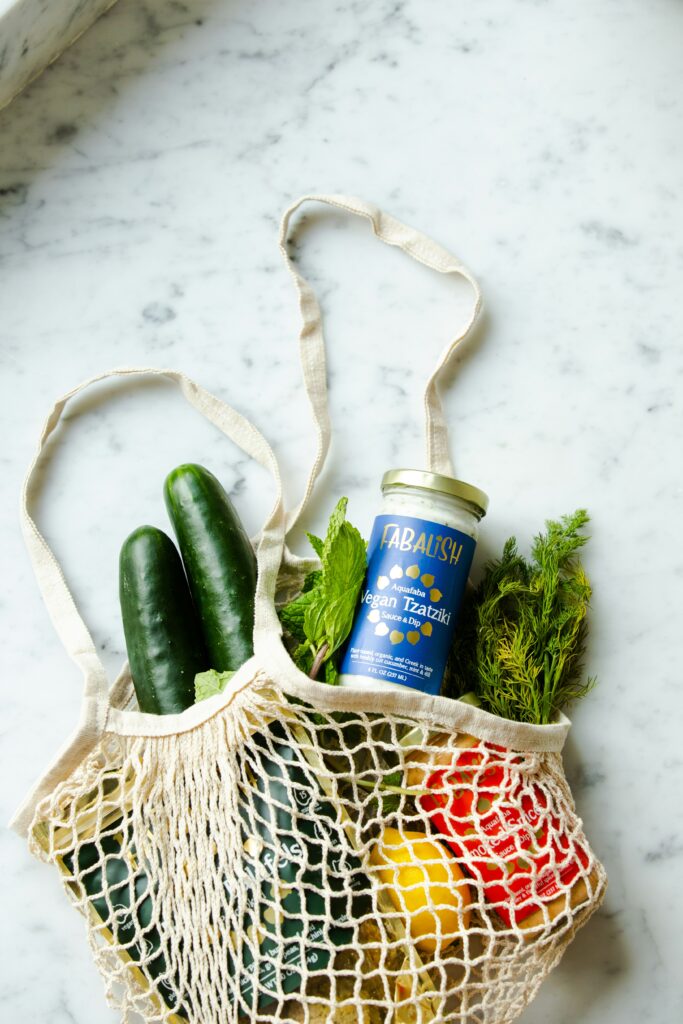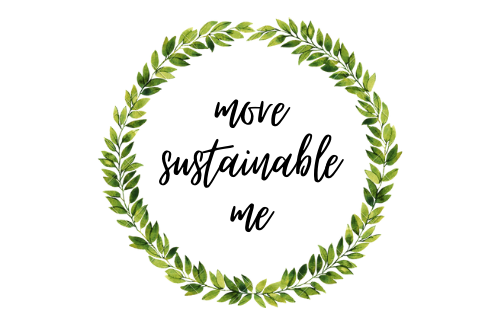Living a more sustainable life doesn’t have to mean giving up conveniences or making huge sacrifices. Small, everyday actions add up and can make a big difference for the planet. Here are 50 easy ways to reduce your ecological footprint—step by step!
Table of Contents
In the Home
- Switch to LED bulbs – They use less energy and last longer.
- Unplug devices when not in use – Save energy by reducing “phantom” power.
- Use a smart thermostat – Reduce heating and cooling costs efficiently.
- Wash clothes in cold water – Saves energy and helps fabrics last longer.
- Air-dry laundry – Reduce dryer use to save electricity.
- Use eco-friendly cleaning products – Avoid harsh chemicals that pollute waterways.
- Fix leaks – A dripping faucet can waste gallons of water daily.
- Install low-flow showerheads and faucets – Reduce water use without noticing a difference.
- Compost food scraps – Reduce landfill waste and create natural fertilizer.
- Switch to reusable kitchen cloths – Ditch paper towels for washable alternatives.

In the Kitchen
- Buy local and seasonal produce – Reduces carbon footprint from transportation.
- Reduce food waste – Plan meals and store food properly to avoid waste.
- Use a reusable water bottle – Cut down on plastic waste.
- Swap plastic wrap for beeswax wraps – A sustainable and reusable alternative.
- Use glass or stainless-steel containers – Replace single-use plastics.
- Brew coffee at home – Saves money and reduces disposable cup waste.
- Eat more plant-based meals – Even one or two meatless days a week helps.
- Avoid single-use utensils – Carry a reusable set when dining out.
- Choose products with minimal packaging – Less waste means a lower impact.
- Buy in bulk – Reduces packaging waste and often saves money.
Shopping & Fashion
- Support sustainable brands – Look for ethical, eco-friendly companies.
- Buy second-hand – Thrift stores, vintage shops, and online resale reduce waste.
- Repair instead of replacing – Extend the life of clothes, shoes, and gadgets.
- Host a clothing swap – Refresh your wardrobe without buying new.
- Invest in quality over quantity – Fewer, better-made items reduce waste.
- Use a tote bag for shopping – Cut down on plastic bag use.
- Choose biodegradable or natural fabrics – Avoid synthetic materials like polyester.
- Wash clothes less often – Reduces water and energy use while preserving fabrics.
- Ditch fast fashion – Buy from brands committed to fair labor and sustainability.
- Recycle old clothes properly – Donate or find textile recycling programs.
Transportation
- Walk or bike more – Reduce car emissions while staying active.
- Use public transportation – Cuts down on individual carbon emissions.
- Carpool when possible – Share rides to reduce fuel consumption.
- Drive a fuel-efficient car – If you own a car, choose one with better mileage.
- Avoid unnecessary flights – Opt for train travel when possible.
- Maintain your vehicle – Proper tire pressure and tune-ups improve efficiency.
- Bundle errands into one trip – Saves gas and time.
- Turn off your engine when idle – Avoid unnecessary fuel waste.
- Use a reusable coffee cup on the go – Many cafés offer discounts for bringing your own.
- Travel with reusable essentials – Water bottle, cutlery, and a cloth napkin reduce waste.
Technology & Digital Life
- Reduce e-waste – Recycle old devices properly or donate them.
- Unsubscribe from junk mail – Less paper waste, less clutter.
- Opt for digital documents – Save trees by reducing paper use.
- Turn off lights when leaving a room – Simple but effective.
- Use an eco-friendly search engine – Some plant trees with every search.
- Lower your screen brightness – Saves battery and reduces energy use.
- Buy refurbished electronics – Gives devices a second life.
- Use rechargeable batteries – Reduce hazardous waste.
- Download instead of streaming – Uses less energy for music and video.
- Educate and inspire others – Share sustainability tips with friends and family!
Sustainable living is all about making small, consistent changes. Start with just a few of these steps, and over time, they’ll become second nature—helping you live more eco-friendly without major lifestyle sacrifices. Which of these will you try first?
